#hezhe
Text
Fishskin Robes of the Ethnic Tungusic People of China and Russia
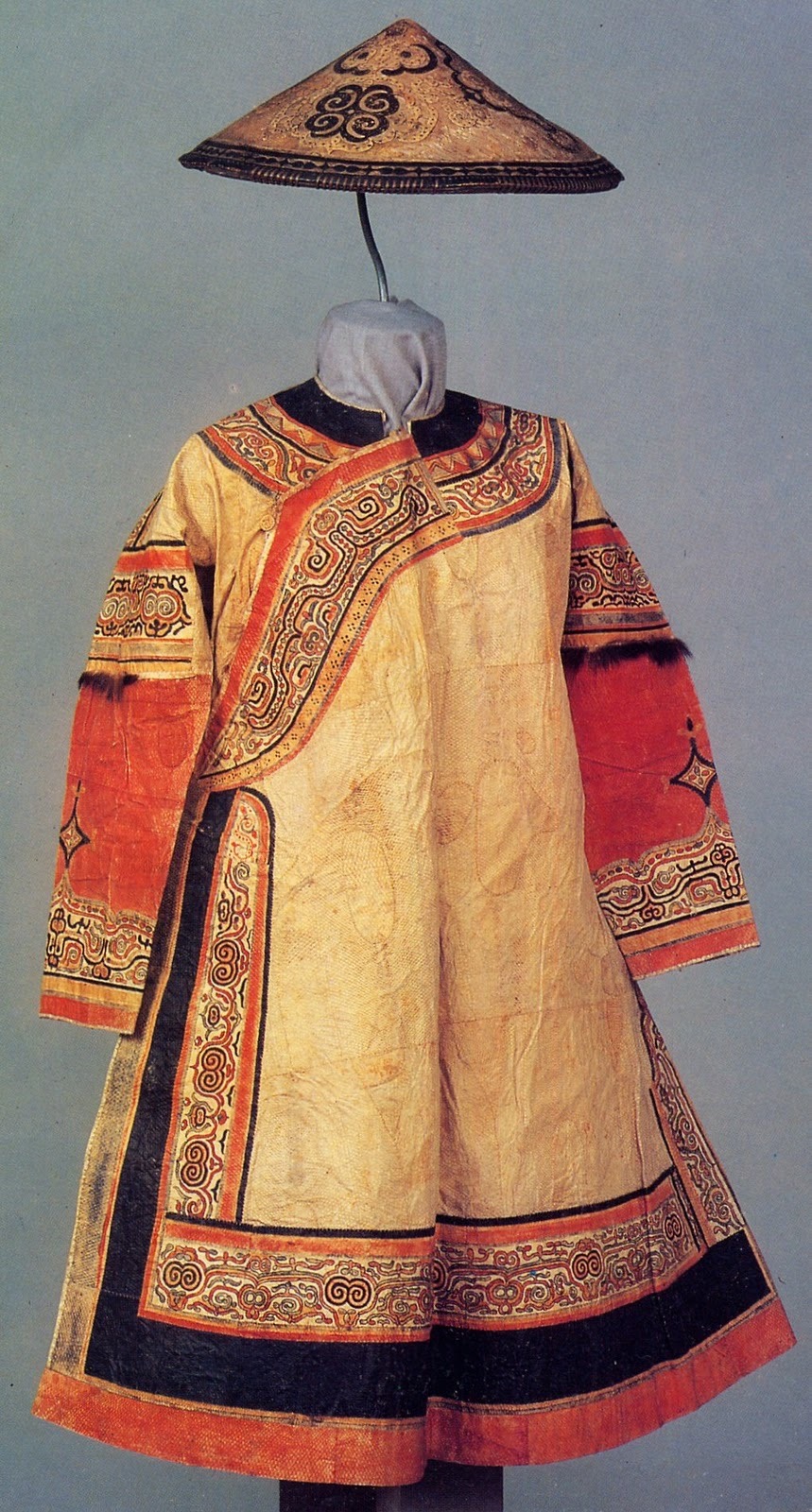
Oroch woman’s festive robe made of fish skin, leather, and decorative fur trimmings [image source].
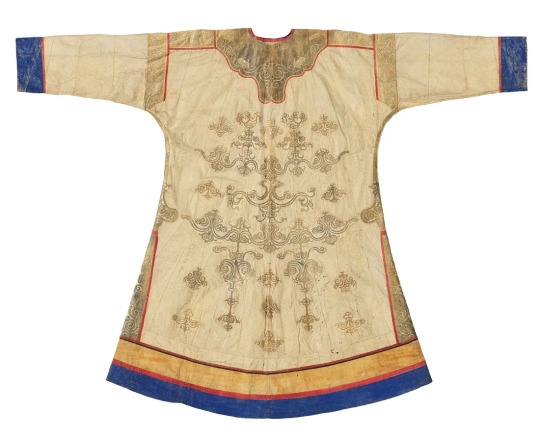
Nivkh woman’s fish-skin festival coats (hukht), late 19th century. Cloth: fish skin, sinew (reindeer), cotton thread; appliqué and embroidery. Promised gift of Thomas Murray L2019.66.2, Minneapolis Institute of Art, Minnesota, United States [image source].
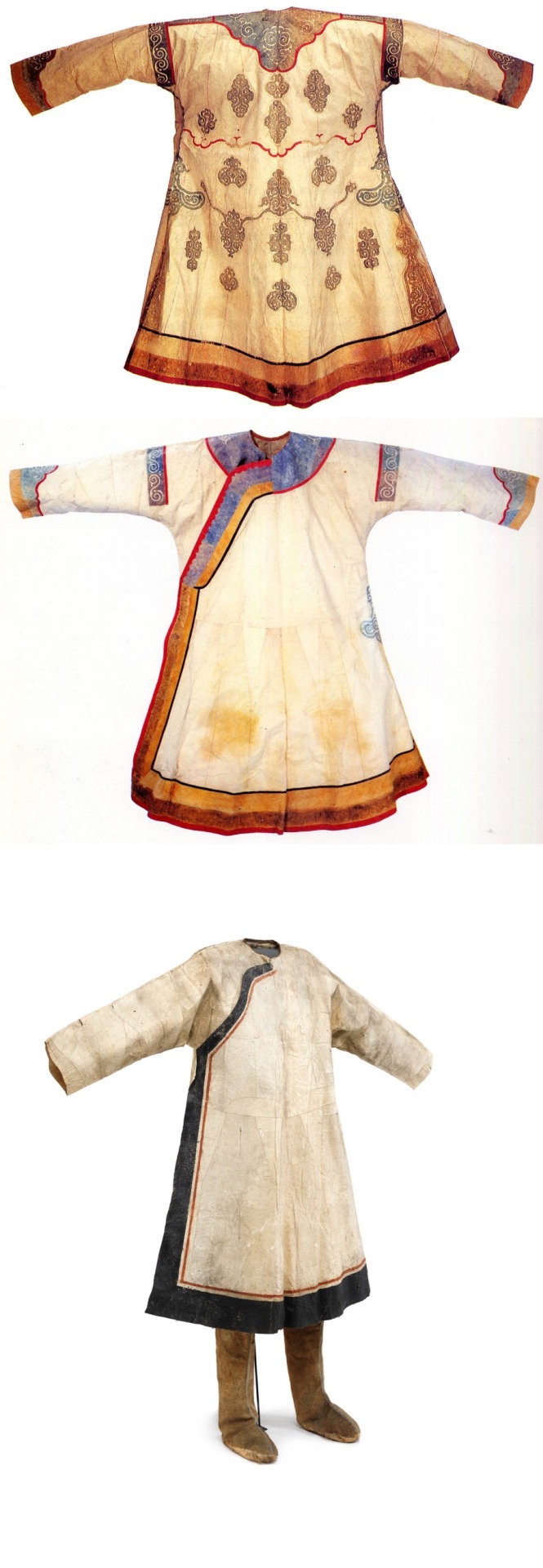
Back view of a Nivkh woman’s robe [image source].
Front view of a Nivkh woman’s robe [image source].
Women’s clothing, collected from a Nivkh community in 1871, now in the National Museum of Denmark. Photo by Roberto Fortuna, courtesy Wikimedia Commons [image source].
The Hezhe people 赫哲族 (also known as Nanai 那乃) are one of the smallest recognized minority groups in China composed of around five thousand members. Most live in the Amur Basin, more specifically, around the Heilong 黑龙, Songhua 松花, and Wusuli 乌苏里 rivers. Their wet environment and diet, composed of almost exclusively fish, led them to develop impermeable clothing made out of fish skin. Since they are part of the Tungusic family, their clothing bears resemblance to that of other Tungusic people, including the Jurchen and Manchu.
They were nearly wiped out during the Imperial Japanese invasion of China but, slowly, their numbers have begun to recover. Due to mixing with other ethnic groups who introduced the Hezhen to cloth, the tradition of fish skin clothing is endangered but there are attempts of preserving this heritage.
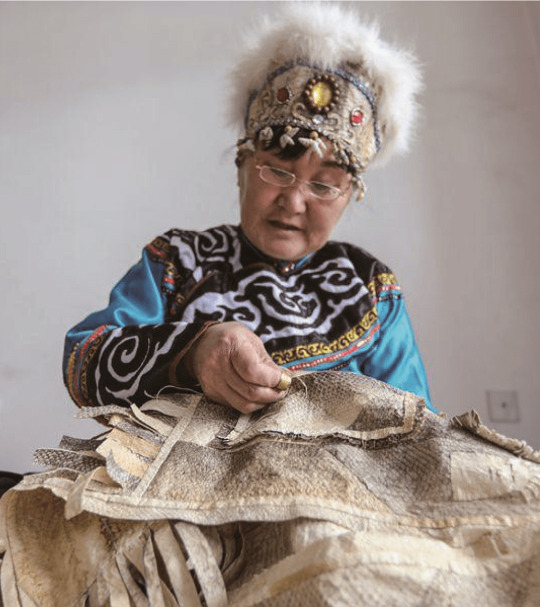
Hezhen woman stitching together fish skins [image source].


Top to bottom left: You Wenfeng, 68, an ethnic Hezhen woman, poses with her fishskin clothes at her studio in Tongjiang, Heilongjiang province, China December 31, 2019. Picture taken December 31, 2019 by Aly Song for Reuters [image source].
Hezhen Fish skin craft workshop with Mrs. You Wen Fen in Tongjian, China. © Elisa Palomino and Joseph Boon [image source].
Hezhen woman showcasing her fishskin outfit [image source].
Hezhen fish skin jacket and pants, Hielongiang, China, mid 20th century. In the latter part of the 20th century only one or two families could still produce clothing like this made of joined pieces of fish skin, which makes even the later pieces extremely rare [image source].
Detail view of the stitching and material of a Hezhen fishskin jacket in the shape of a 大襟衣 dajinyi or dajin, contemporary. Ethnic Costume Museum of Beijing, China [image source].
Hezhen fishskin boots, contemporary. Ethnic Costume Museum of Beijing, China [image source].
Although Hezhen clothing is characterized by its practicality and ease of movement, it does not mean it’s devoid of complexity. Below are two examples of ornate female Hezhen fishskin robes. Although they may look like leather or cloth at first sight, they’re fully made of different fish skins stitched together. It shows an impressive technical command of the medium.
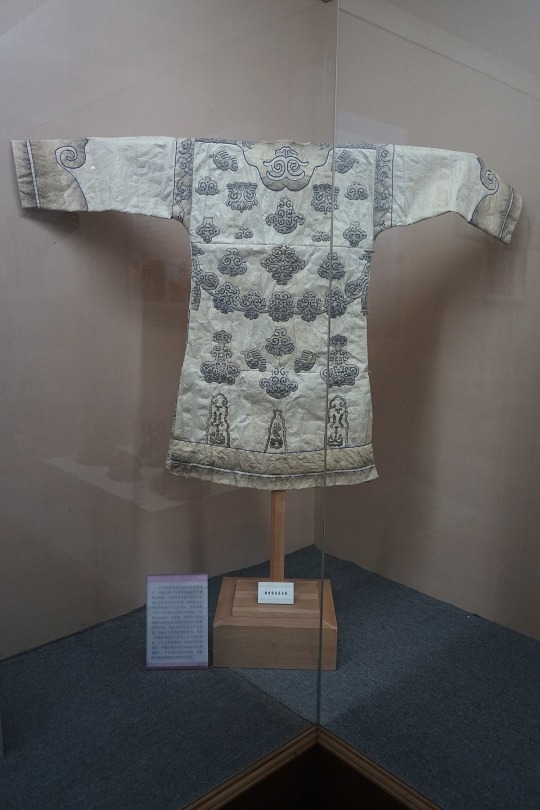
赫哲族鱼皮长袍 [Hezhen fishskin robe]. Taken July 13, 2017. © Huanokinhejo / Wikimedia Commons, CC BY 4.0 [image source].
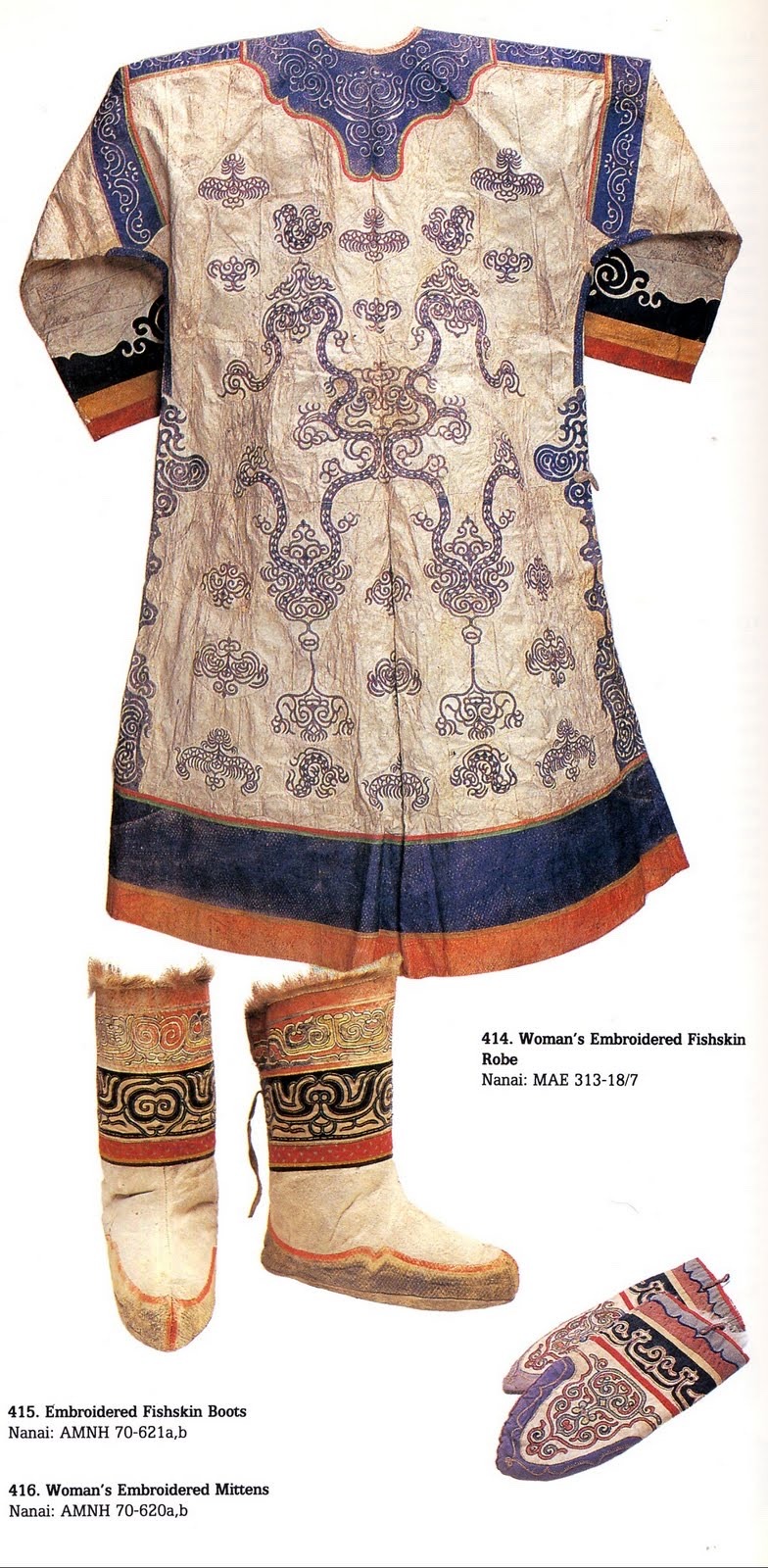
Image containing a set of Hezhen clothes including a woman’s fishskin robe [image source].
The Nivkh people of China and Russia also make clothing out of fish skin. Like the Hezhen, they also live in the Amur Basin but they are more concentrated on and nearby to Sakhalin Island in East Siberia.


Top to bottom left: Woman’s fish-skin festival coat (hukht) with detail views. Unknown Nivkh makers, late 19th century. Cloth: fish skin, sinew (reindeer), cotton thread; appliqué and embroidery. The John R. Van Derlip Fund and the Mary Griggs Burke Endowment Fund; purchase from the Thomas Murray Collection 2019.20.31 [image source].
Top to bottom right: detail view of the lower hem of the robe to the left after cleaning [image source].
Nivkh or Nanai fish skin boots from the collection of Musée du quai Branly -Jacques Chirac. © Marie-Lan Nguyen / Wikimedia Commons, CC BY 4.0 [image source].
Detail view of the patterns at the back of a Hezhen robe [image source].
Read more:
#china#russia#tungusic#hezhe#nanai#fishskin#ethnic minorities#nivkh#chinese culture#history#russian culture#amur basin#heilongjiang#east siberia#ethnic clothing
974 notes
·
View notes
Text

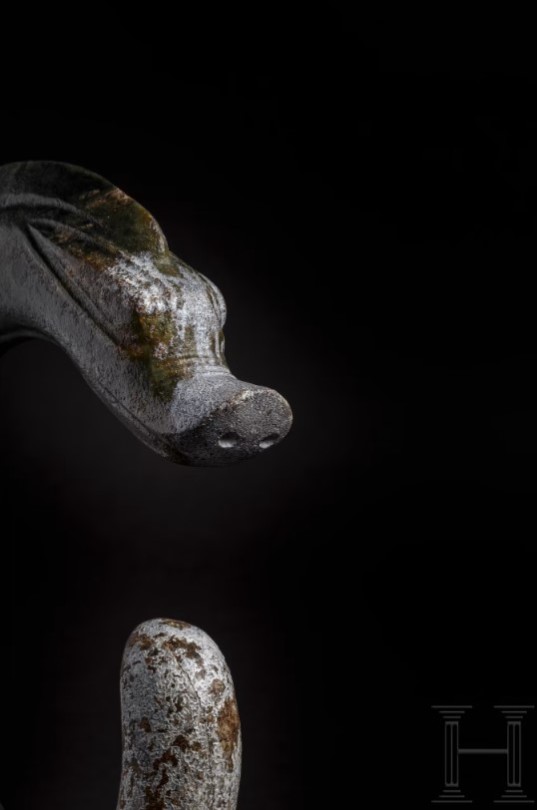





Dragon of the Hongshan Culture 4500-3000 BCE
I found this interesting. The Neolithic Hongshan Culture seems to host the oldest (to date) archaeological finds of clearly depicted dragon art in the world. The people that lived there had haplogroups that correspond very strongly with modern day Uralic, Baltic, and certain Turkic speaking populations. But those same haplogroups are found in very low frequencies in China today. Genetics is obviously more complicated than just haplogroups, and some of these populations are quite different from each other genetically, but it's an interesting piece of information nonetheless.
From WorldHistory:
"The earliest known depiction of a dragon is a stylised C-shaped representation carved in jade. Found in eastern Inner Mongolia, it belonged to the Hongshan culture, which thrived between 4500 and 3000 BCE."
From Wikipedia:
"A genetic study by Yinqiu Cui et al. from 2013 analyzed the Y-chromosome DNA haplogroup based N subclade; it found that DNA samples from 63% of the combined samples from various Hongshan archaeological sites belonged to the subclade N1 (xN1a, N1c) of the paternal haplogroup N-M231 and calculated N to have been the predominant haplogroup in the region in the Neolithic period at 89%, with its share gradually declining over time. Today, this haplogroup is found in northern Han, Mongols, Manchu, Oroqen, Xibe and Hezhe at low frequencies".
From NationalLibraryOfMedicine:
"The sequence of cultures include the Hongshan culture (6500–5000 BP), Xiaoheyan culture (5000–4200 BP), Lower Xiajiadian culture (4200–3600 BP), and Upper Xiajiadian culture (3000–2700 BP) (Figure 1). The Hongshan culture is one of the most advanced Neolithic cultures in East Asia, with social stratification, distinctive painted pottery and elaborate jade ornaments. Archaeological investigations suggest that hunting- gathering was the main mode of subsistence, but they also indicate early use of cultigens in the Hongshan Culture. The Xiaoheyan culture adopted the basic features of the Hongshan culture, but had a simpler social organization. It was followed by the Lower Xiajiadian culture, which was marked by a gradual shift to agriculture and the establishment of permanent settlements with relatively high population densities, while retaining some of the hallmarks of the Hongshan culture. It was replaced abruptly by a radically different culture, the Upper Xiajiadian, which was influenced by the Bronze Age cultures of the Northern China steppe.
The most ancient populations of the West Liao River valley exhibited a high frequency (71%) of haplogroup N1-M231. Because of the short amplicons needed for the ancient samples, it was not possible to type the diagnostic site P43 of sub-haplogroup N1b, so samples that yielded negative M128 and TAT mutations were defined as N1 (xN1A, N1c). Besides being the only haplogroup in the Halahaigou site, N1 (x N1a, N1c) was also predominant in the Niuheliang and Dadianzi sites. In the Dashanqian site, there were two subtypes of N1-M231: N1 (xN1a, N1c) and N1c-TAT. One of the nine Dashaqian samples was N1 (xN1a, N1c), and three were N1c (Table 1). N1 is particularly widespread in northern Eurasia, from the Far East to Eastern Europe. Its subtype, N1c, is found at low frequency but has high STR variability in northern China, suggesting that this region was N1c’s centre of expansion.
A single instance of O3a (xO3a3) was observed in the Neolithic Hongshan and Xiaoheyan sites, although this haplogroup was observed in just under half of the Bronze Age individuals. The Upper Xiajiadian individuals of the late Bronze Age had different subtypes of O3a-M324, O3a3c-M117. O3a-M324 is found today in most East Asian populations, and its subtype O3a3c-M117 occurs at the highest frequency in modern Sino-Tibetan populations.
The West Liao River valley was a cradle of Chinese civilization, together with the valleys of the Yellow River and Yangtze River, and there is considerable interest among scholars in the origin and expansions of the ancestors of the present-day inhabitants. Extensive analyses of extant populations have revealed that the most common Y chromosome haplogroup today is O-M175 (58.8%, n=176), followed by C3-M217(23.8%), N-M231(8.5%), and several relatively rare haplogroups, namely D-M174, Q1a1-M120, and R-M207. Our data reveal that the main paternal lineage in the prehistoric populations was N1 (xN1a, N1c), present in about 63% of our combined sample of all cultural complexes. It was the predominant haplogroup in the Neolithic period (89%), and declined gradually over time (Table 1). Today it is only found at low frequency in northeast Asia (Table 2). There appears to be significant genetic differences between ancient and extant populations of the West Liao River valley (P<0.001)."
#anthropology#genetics#archaeology#history#chinese history#dragons#art#ancient art#finland#turkic#museums#ancient history#neolithic
14 notes
·
View notes
Text
To bi za du misch ni blau ni kuzu
Bazh imma fwe dobli
Hezh a brozhi, brozhi Hafi-anag
Teb haki hekbt bavi
A slo ble slimer a dov vi blezh
Et sing parat, jo va
A blini fla, ti del ba va
Atsiel gitish gashta
Wa zoley sto
Misch tu ba ya imga ruks
Un zoley sto
Mitsaba tsban vi tsoks
0 notes
Text
Le festival Wurigong de l'ethnie Hezhe
Le festival Wurigong est un événement annuel qui se tient le 15ème jour du 5ème mois du calendrier traditionnel chinois
Le Festival Wurigong du groupe ethnique Hezhe a lieu tous les ans dans la ville de Jiamusi, dans la province du Heilongjiang (nord-est de la Chine), en présence de centaines de Chinois d’ethnie Hezhe vêtus de costumes de fête colorés.
Le festival Wurigong est un événement annuel qui se tient le 15ème jour du 5ème mois du calendrier traditionnel chinois et dure deux ou trois jours. Enraciné dans…

View On WordPress
0 notes
Text
Although this page may seem at first glance a bit rudimentary in writing, the sticking point stays true that yes the afterbears (descendants) are very much alive & well, even in North Korea's more isolated parts to the northeast (albeit mostly mixed with the Korean majority). More Tungusic people live on too, but the below are just some of the names for such people & linked groups.
#jurchen#afterbear (descendant)#tungusic#manchu#hezhe#nanai#jaegaseung are tungusic too#sushen#nüzhen#nyeojin#yeojin#nyojin#zürchid#endangered but alive#continuity & adaptation are keys to living on#cultural survival to be found#zaikeso
2 notes
·
View notes
Photo

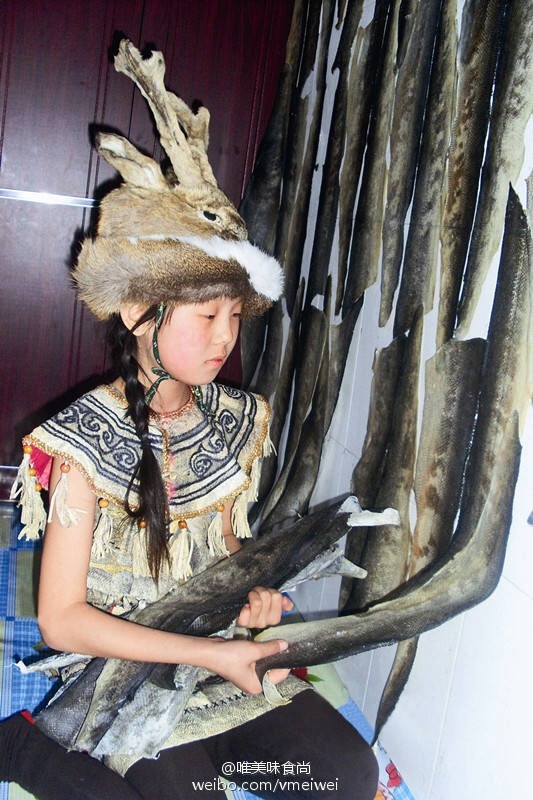
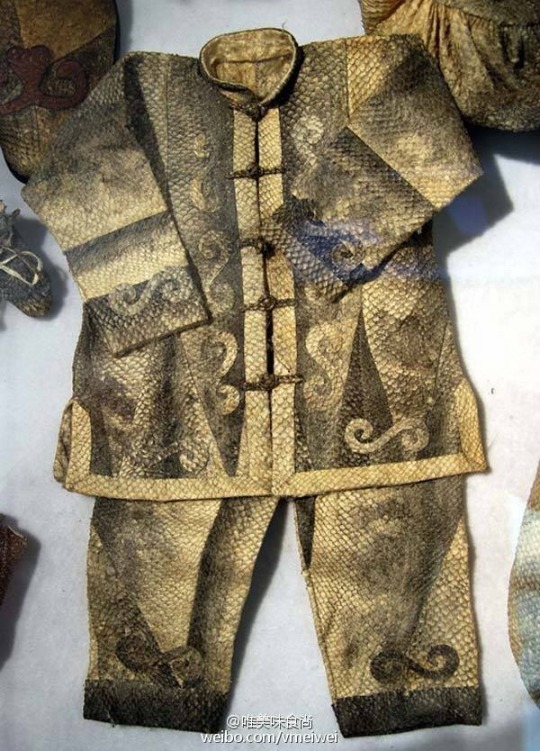

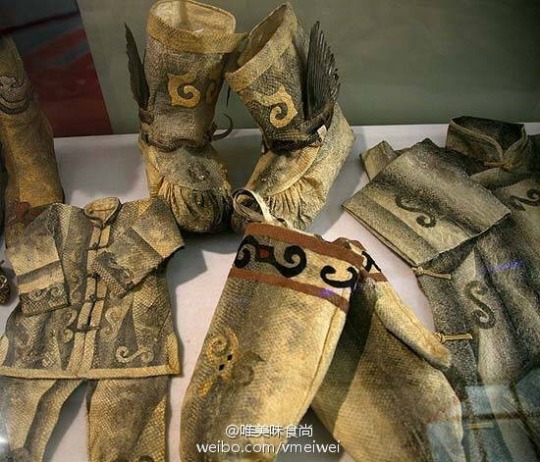
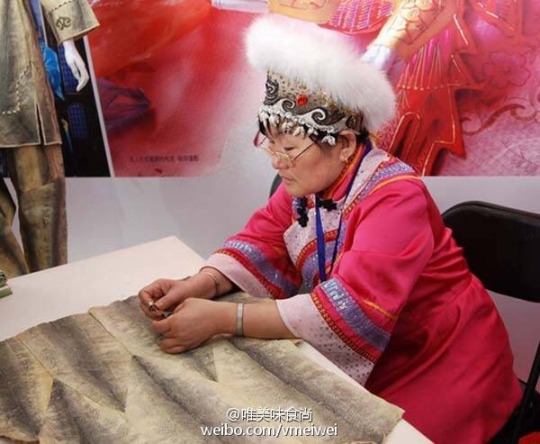

Hezhe Fish Skin clothing, made from dried chum salmon
15 notes
·
View notes
Photo

Young Nanai girl
The Nanai are a Tungusic people of Eastern Asia who traditionally live along the Heilongjiang, Songhuajiang and Wusli rivers of China and Russia. Roughly translated, their name for themselves means “People of the Earth” (Nanai) or “People of the lower river” 赫哲" (Hezhe).
To the Nanai, fish were most valuable and sacred. In the summer months, they fished all season long, with the sturgeon being greatly respected. In winter, they ate dried fish. Large fish weighing over 50kg were turned into clothing by drying and pounding the flesh with a mallet until it was smooth and malleable. This custom earned the Nanai the nickname “Fish-skinned Tartars” (鱼皮鞑子, Yupi Dazi).
They are a generally Shamanist people with great reverence for the bear (Doonta) and the tiger (Amba). They believe that all things in the universe possess their own spirit which wanders freely throughout the world. They worship the natural world and pay tribute to the sprits of the Sun, Moon, Mountains, Water and Trees, and believe that a great serpent once arose from the Earth and gouged out the great valleys of the land.
The Nanai practice a lengthy and elaborate funerary ritual which assists the soul of the deceased in travelling safely to the underworld. After death, a persons soul is moved into a temporary shelter made out of cloth, before it is transferred into a small, wooden doll called a panyo.
The panyo is taken care of as if it is a living person; for example, it is given a bed to sleep in each night, with a pillow and blanket to match its miniature size. Each night this family member puts the panyo to bed and then wakes it in the morning. The doll has a small hole carved in its mouth so that a pipe may be placed there, allowing the deceased to smoke.
In the final part of the ritual, called the Kasa Tavori, the Nanai feast for three days as the soul is transferred from the panyo into a full-sized, human looking wooden figure.
On the final day, this wooden statue, possessed with the soul of the dead, is strapped to a dogsled and transported by the shaman on a long and dangerous journey before the sun sets. This journey marks the start of the soul’s transition into the Buni, or underworld, where it will reside for eternity.
📸 Alexander Khimushin
417 notes
·
View notes
Text
《万华镜》
The Qinghua University undergraduate senior project of 赶稿人 on bilibili, showcasing their impressions of the 56 officially recognised ethnic group in China.
(Note that some commenters on the original video have pointed out a few inaccuracies in some of the costumes, particularly the Dai costume, which is said to be more of a performance dress style)
Please go view their original video here! I added the english of the ethnic groups in the video above.
Order of appearance:
Yi, Yao, Mongol, Hani, Dong, Miao/Hmong, Han, Lhoba, Hezhe, Jing, Zhuang, Lahu, Dulong, Shui, Nakhi, Nu, Lisu, Yugur, Hui, Bao'an, Salar, Dongxiang, Hani, Tajik, Uighur, She, Ewenke, Wa, De'ang, Dong, Miao/Hmong, Jinuo, Buyei, Gaoshan (indigenous Taiwanese as a whole), Tatar, Dai, Tu, Maonan, Bulang, Ngac'ang (Achang), Pumi, Qiang, Korean (ethnic group living in China), Oroqen, Daur, Russian (ethnic group living in China), Uzbek, Kazakh, Xibo, Kyrghiz, Manchu, Tibetan, Mulao, Li, Jingpo, Bai, Menba, Tujia, Gelao
402 notes
·
View notes
Video
I made a decision to change this year after landing myself in the hospital for being seriously unhealthy and skinny. Here's my transformation Tuesday, a lot of hard work in the gym, and some home workouts to get myself to where I am today ☺ . . . . . #me #fitness #motivation #gymmotivation #workout #fitfam #gains #gymshark #fitnessmotivation #gym #black #blackman #handsome #muscle #transformation #transformationtuesday #morningmotivation #healthy #health #nutrition #nevergiveup https://www.instagram.com/p/BqHKtd-HezH/?utm_source=ig_tumblr_share&igshid=1ivgkbkg1qvui
#me#fitness#motivation#gymmotivation#workout#fitfam#gains#gymshark#fitnessmotivation#gym#black#blackman#handsome#muscle#transformation#transformationtuesday#morningmotivation#healthy#health#nutrition#nevergiveup
2 notes
·
View notes
Photo
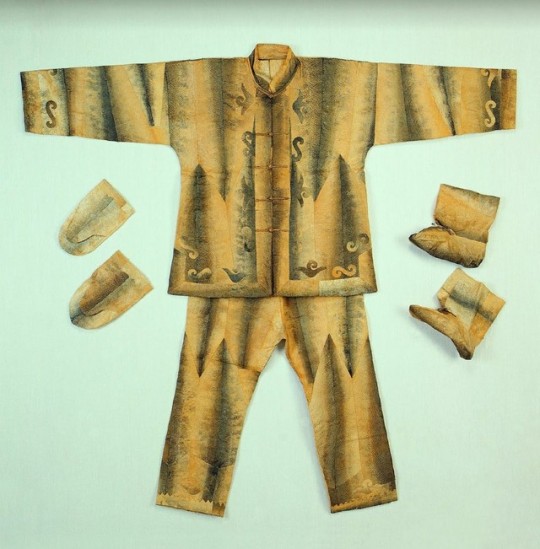
Salmon Skin Suit Hezhe (Nanai People) Russia/China
4 notes
·
View notes
Photo
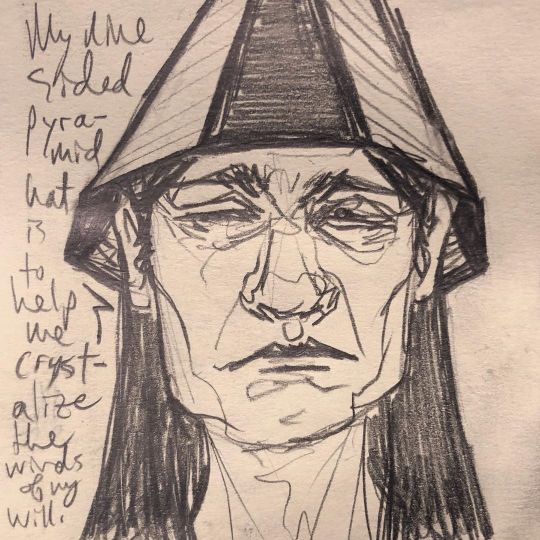
#hierodoodle https://www.instagram.com/p/B4z8V6-heZh/?igshid=urnv1cxs8th0
0 notes
Photo

مجموعة أقوى اكواد الخصم ARABCLICKS9 كود خصم نمشي https://t.co/AInhQch1bG قولدن سنت ACAGK نون TH8 ممزورلد AC56 فوغا كلوسيت ACQ6G شي ان ANC50 https://t.co/pVAm0zelTi سيفي AC113 اناس AC18 ماكس AC137 #عبايه #سنتربوينت #عروض #نون #نمشي #كود_خصم_نون #سوق https://www.instagram.com/p/B2sobR-hEzh/?igshid=4giga1o7ot9g
0 notes
Text
😬 Just realised I've forgotten to mention the Hezhe / Nanai in my post about the Yansu but I can't fix it until I'm on my laptop because Tumblr suuucks.
0 notes
Text
Billie Eilish Takes on James Bond, and 9 More New Songs
Billie Eilish and her collaborator and brother, Finneas, figured out exactly what goes into a James Bond movie theme, then made the assignment their own. “No Time to Die” has gusts of orchestral melodrama, hints of John Barry’s original soundtracks and a looming sense of fatalism. But it also applies Eilish’s breathy tone — melodic yet lingering just above a whisper — and her adolescent bluntness, as she wonders, “Was I stupid to love you? Was I reckless to help? Was it obvious to everybody else?” JON PARELES
Marian Hill, ‘Was It Not’
You know how when the fog hangs low over the city, the air can feel suffocating and exhilarating all at once? So moist it’s almost cruel? This is that. JON CARAMANICA
Cam, ‘Till There’s Nothing Left’
The song is an arena-country promise of uninhibited back-seat passion: a march with a spacious, booming beat, echoing guitars and a growing chorus of Cam’s voice, offering all she’s got. The video turns it into something much more ominous: one last fling during the apocalypse. PARELES
Migos featuring Young Thug and Travis Scott, ‘Give No Fxk’
On the one hand, this is predictable bloat — the dominant hip-hop stars of the last few years all phoning in second-tier verses. On the other hand, how striking it is that the bloat of the day can sound this strange, this melodically unhinged, this rhythmically unlikely. Plus, in the video, Young Thug is wearing a bondage harness and getting a manicure from a robot nail technician. One thing is clear: Automation will come for us all. CARAMANICA
Moses Boyd featuring Joe Armon-Jones, ‘2 Far Gone’
As a drummer, the young British phenom Moses Boyd plays in cross-stitched, Tony Allen-influenced patterns, as open and rolling as they are forceful. As a bandleader and producer, he piles together deep synths, bass-rattling drum machines and ear-seizing samples; drawing on a vast range of influences from England, Africa and the Caribbean, he compiles a rich pastiche of electroacoustic textures, with a special composite power. “2 Far Gone,” a foray into future house featuring a cameo from the keyboardist Joe Armon-Jones, is one of many highlights — each one different from the next — on Boyd’s first official album, the remarkable “Dark Matter.” GIOVANNI RUSSONELLO
Flo Milli, ‘My Attitude’
Few rappers sound like they’re having as much fun, lyric to lyric, as Flo Milli. A clever, cheerful lyricist with a voice that recalls “Clueless,” she was sharp last year on her breakthrough single, “Beef FloMix.” But “My Attitude” might be her best to date, a persistently tough blend of aw-shucks sexual candor and eye-rolling dismissals. All her raps are taunts. All her raps are teases. CARAMANICA
Niia, ‘If You Won’t Marry Me Right Now’
Anger, frustration, detachment, desperation, regret, bitterness, self-preservation and cold insight course through “If You Won’t Marry Me Right Now” from Niia’s new album, “La Bella Vita.” The tempo is unbudging; every slow chord change seems to struggle against gravity. She anatomizes a six-year relationship that has just “wasted so much time,” and with production by Niia and Robin Hannibal (of Rhye), each line moves through its own drama: a somber jazz-piano trio, floor-warping synthesizers, swarms of fiercely insistent voices and moments when Niia sounds painfully alone, still a long way from catharsis. PARELES
Carla Bley, ‘Beautiful Telephones (Pt. 2)’
Each instrument in Carla Bley’s longstanding trio — her piano, Steve Swallow’s electric bass and Andy Sheppard’s whispery tenor saxophone — is both spare and versatile. Every player puts a premium on plain-stated melody, and gently evocative touch. As they entwine, the component pieces never feel amplified or redoubled by each other; there’s a quietness, a loneliness together, that gives this group (which began in the 1990s) its special intimacy. One of the great composers in jazz, Bley wrote three new suites for “Life Goes On,” the group’s latest offering, including “Beautiful Telephones,” with a stalking and circling melody that sounds at once wary and serene. RUSSONELLO
Wu Fei and Abigail Washburn, ‘Water Is Wide/Wusuli Boat Song’
The banjo virtuoso Abigail Washburn studied Chinese language and culture before she took up the banjo, and amid many musical travels, including extended trips to China, she has collaborated since the early 2000s with Wu Fei, who plays the guzheng, a Chinese zither with a throaty tone. They have finally made an album together, due April 3. “Water Is Wide/Wusuli Boat Song,” a Scottish song intertwined with a traditional song from China’s Hezhe people, has their two voices and instruments calling and blending across cultural distances that sound much closer on purely musical terms. PARELES
Jason Moran, ‘For Love’
While living in Rome in 2017, the pianist Jason Moran set about writing a piece a day, mostly short and simple things well-suited for solo piano. He came to record some of them on the Steinway grand at Sant’Andrea de Scaphis, a deconsecrated chapel from the eighth century that has become an art gallery, though it retains its old high-flown ceilings and moldered, exposed-brick walls. The brief and enchanting “For Love” is built on a lapping, ebb-and-flow melody, with a cascading feel that calls to mind his “Gangsterism” series. RUSSONELLO
from WordPress https://mastcomm.com/entertainment/billie-eilish-takes-on-james-bond-and-9-more-new-songs-2/
0 notes
Text
Trang phục da cá 2.000 USD của người Trung Quốc
Trang phục dân tộc của người Hezhe được làm từ da cá phơi khô, khâu bằng tay và cần ít nhất hai tháng để hoàn thiện.
0 notes
Text
Korean media: A number of high-ranking officials were punished by the Hanoi Summit, and Kim Jong-un was shot to the US representative
#Korean media: A number of high-ranking officials were #punished by the #HanoiSummit, and #KimJongUn was shot to the #US representative
The Chosun Ilbo quoted sources as saying to the DPRK that after Kim Jong-un and Trump had broken the second summit in Hanoi, the North Korean high-level officials held accountability for Kim He-chhe, the special representative of the United States responsible for the Hanoi summit. According to reports, after three investigations by Jin Hezhe and other four foreign ministries, they were shot in…
View On WordPress
0 notes